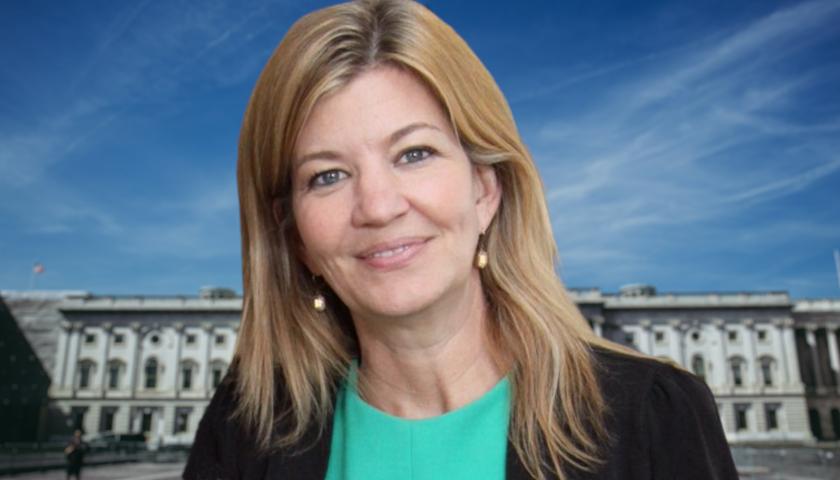by Arjun Singh
The Social Security Administration (SSA) announced the largest increase to the Social Security cost-of-living adjustment in over three decades due to high inflation.
The SSA announced that supplemental income benefits, which are paid to beneficiaries in addition to their regular benefits to offset inflation and other unexpected costs, would increase by 8.7%. This would, on average, increase benefits by $140 per month for most beneficiaries, beginning in January of 2023.
The cost of living adjustment, commonly abbreviated as COLA, is tied by law to the Consumer Price Index metric of inflation published by the Department of Labor’s Bureau of Labor Statistics. For the month of September, the index showed year-over-year inflation at 8.2%, while June’s 9.1% figure was the highest rate of inflation since 1981.
The 8.7% Social Security COLA (cost of living adjustment) for 2023 will be the most since 1981.https://t.co/IIAe1ELYtr pic.twitter.com/jAJ7SUxEbw
— Heather Long (@byHeatherLong) October 13, 2022
 “This year’s substantial Social Security cost-of-living adjustment is the first time in over a decade that Medicare premiums are not rising and shows that we can provide more support,” said Acting SSA Commissioner Dr. Kilolo Kijakazi in the press release. The release states that workers who claim Social Security at the full-retirement age, 65 years old, will now receive $56,520 per year, before income tax.
“This year’s substantial Social Security cost-of-living adjustment is the first time in over a decade that Medicare premiums are not rising and shows that we can provide more support,” said Acting SSA Commissioner Dr. Kilolo Kijakazi in the press release. The release states that workers who claim Social Security at the full-retirement age, 65 years old, will now receive $56,520 per year, before income tax.
“The guaranteed benefits provided by Social Security, including the annual COLA, are more crucial than ever as high inflation remains a problem for older Americans,” said Jo Ann Jenkins, the CEO of the American Association of Retired Persons (AARP).
The maximum amount of earnings subject to Social Security taxes will increase from $147,400 to $160,200.
Social Security benefits are considered the “main source of income” by 57% of American retirees, per Gallup. For that reason, the program has long been regarded as a political “sacred cow” in the United States, with nearly 75% of Americans saying that benefits “should not be reduced in any way,” including by income tax, according to Pew Research.
The program, however, has faced criticism from deficit hawks in Congress for mounting year-on-year expenditures; the program is set to run out of money to pay beneficiaries in 2035, according to the SSA.
The SSA and the AARP did not immediately respond to a request for comment from the Daily Caller News Foundation.
– – –
Arjun Singh is a reporter at Daily Caller News Foundation.








